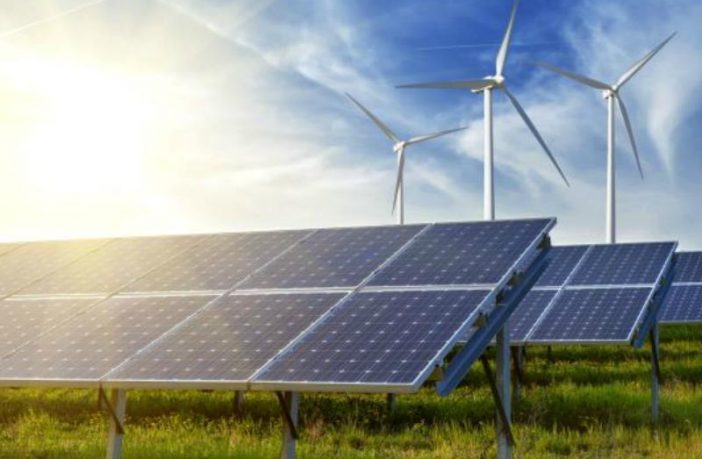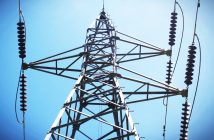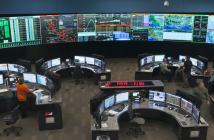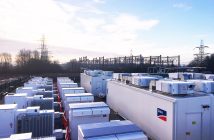Distributed energy technologies are becoming increasingly important in the energy supply systems of many countries because of the need to provide sustainable access to energy across the globe. Here are a few influences that will need attention to enable smoother delivery of distributed energy projects.
The integration of renewable energy in the transmission and distribution systems is due to its potential to mitigate congestion in transmission lines, reduce impacts of electricity price fluctuations, strengthen energy security and provide greater stability to the electricity grid. Despite this tremendous prospect, the distributed electricity model has both advantages and disadvantages relative to the traditional model.
Energy in any form is no doubt one of the major drivers of the socioeconomic development of every nation, and its impact in this regard cannot be overly emphasised. In comparison to the centralised model, renewable energy technologies have a huge role to play – most especially in the contribution of electricity to various sectors and facets of everyday life including education, health, agriculture and housing.
The positive spinoffs of access to energy is especially true in rural areas of developing countries that are unserved and under-served. For example, in rural areas without electricity services, this distributed model may be the only option, as the costs of extending the centralised grid may be prohibitive. Similarly, in areas where the centralised grid is already installed, distributed generation can improve grid resilience by providing reliable electricity.
The use of renewable resources in distributed energy is an environmentally friendly approach to providing access to reliable electricity that is also a medium to mitigate climate change related issues. It can also provide a path for direct private investment in new generation. It has helped in increasing agricultural productivity, crop irrigation, preservation of farm produce, and agro-processing.
The extent of the benefits include helping in the reduction of rural-urban migration for reasons of getting employment and better livelihoods. Thus, access to electricity from distributed generation based on renewable energy technologies is very crucial to economic growth and development.
Challenges associated with distributed electricity
The positive aspects outlined above of investing in distributed resources are not without challenges. The negative aspects are categorised into four areas: namely political, socio-economic, financial, and technical and environmental factors.
1. Political
Political barriers are the result of any kind of political instability, unrest, war or changes in policy, leadership or legal frameworks, which can pose a significant challenge to the implementation of renewable energy projects. Where a high probability of occurrence exits, these barriers may be hard to mitigate. However, continuous involvement and consultation with local authorities during the development and implementation of renewable energy projects is one strategy to adopt.
2. Socio-economic
Socio-economic barriers could be in the form of public resistance (including ‘not in my backyard’ and wanting to wait for grid-tied electricity). Other types of socio-economic threats are the risk of non-payment of electricity bills, the risk of unpredictable electricity demand, and the risk of low level of social acceptance as well as theft and vandalism to assets.
3. Technical and environmental
Technological and performance barriers could be in the form of technical malfunctions, defects, or failures of the project’s systems or parts. The reasons for such problems could be poor quality of components, inadequate installation skills, or lack of maintenance knowledge, unfamiliarity with the technology, and transmission losses, among others.
4. Financial
Financial factors could be in the form of a high foreign exchange rate or lack of access to finance for investment in renewable energy. In this regard, access to finance in this market requires constant innovative approaches to break through this challenge. One way of addressing this is adopting a PublicPrivate-Partnership approach where the government creates the enabling environment for the investments to thrive. This is something to consider as it is already boosting renewable energy investments and paving the way for rural electrification in Nigeria.
In dealing with socio-economic, technical and environmental barriers, regardless of the size of the project, community and relevant stakeholder engagement should be carried out at all stages of the project. It is open and proactive engagement that will result in the buy-in and active involvement of communities as well as stakeholders; while taking into consideration gender mainstreaming, research and capacity building, and compliance with all environmental regulations. There is also a need to ensure standardisation in the procurement and installation of renewable technology components. ESI
About the authors
Dr Sanusi Ohiare is the executive director of the Rural Electrification Fund at the Rural Electrification Agency in Nigeria. He oversees the mobilisation and operationalisation of the Fund with the objective of promoting and supporting access to a reliable electricity supply for rural dwellers in Nigeria.
Emecho Ted is the environmental and sustainability advisor to and research analyst for the executive director of the Rural Electrification Fund at the Rural Electrification Agency in Nigeria.
This article first appeared in ESI Africa Issue 4-2019, and is republished with permission.











